The effect of texturing interior walls on a room’s visual appeal and feel is often underrated. Choosing the right finish for your walls can drastically transform the aesthetic and ambiance of your living spaces. Deciding on the style of your walls can have a significant impact on the overall aesthetic and functionality of your space.
Two of the most popular choices for wall finishes are textured wall interiors and smooth walls. This blog post will explore the pros and cons of both options, providing you with valuable insights to make the right choice for your home.
Texture Wall In Interior Design
Interior design goes beyond selecting paint color. Texture takes home improvement to the next level, adding depth and dimension and making your walls more visually appealing. By changing the texture or incorporating a wall texture, you significantly alter the look and feel of your space.
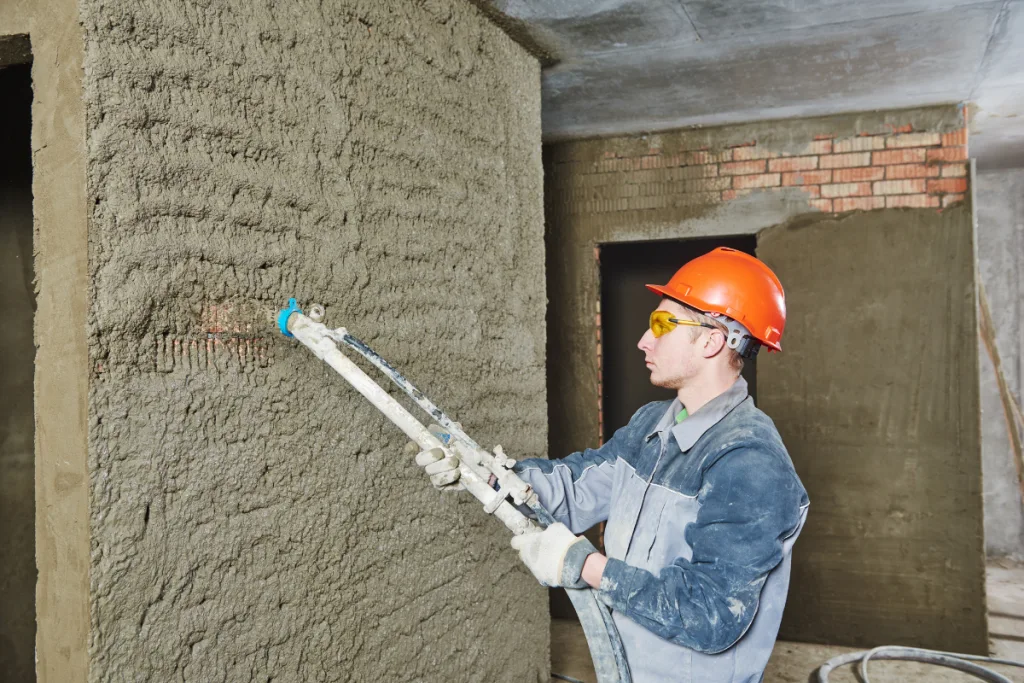
Texture in interior design involves subtle artistry, adding sophistication, different types of textured finish and personality to any room. Whether it’s a dramatic accent wall or your entire home, using texture paint lets you create your desired texture, be it a delicate orange peel or a rugged drywall compound effect. An excellent way to add texture is using versatile tools like a sponge or joint compound, offering myriad effects for walls and ceilings.
How To Texture A Wall Using Different Materials
Giving your walls a textural makeover is a brilliant home improvement project. It requires minimal resources and delivers maximum impact. A simple way to add texture is by using a joint compound, sponge, texture sprayer, or roller.
- Start by rolling drywall primer onto your wall or ceiling to texture a wall with a joint compound.
- Mix your drywall compound until creamy, then apply it to your wall using a trowel, sculpting your desired texture.
- A sponge is also a cost-effective tool to add texture. Dab it into your mixed joint compound, then onto your walls and ceilings, creating a distinctive, patterned wall texture. Remember, no two dabs should appear identical to create an appealing randomness.
- Use a texture sprayer for a smooth texture, like an orange peel. This handy tool can quickly cover a large surface, which is ideal for extensive projects.
- Finally, a textured roller can create a unique pattern or imitate a professional spray texture. Apply your texture paint onto the roller, then roll it over your accent wall for a charming effect.
Orange Peel – A Unique Type Of Wall Texture
Among the 7 types of wall texture, the orange peel texture stands out due to its distinctive look. It adds texture to walls, delivering a soft, granulated visual akin to the surface of an orange.
Achieving an orange peel texture on your wall using a roller is fairly simple when you want to work on texturing interior walls. Mix drywall mud with water until it reaches a pancake-batter consistency, then pour into a paint tray. Roll your paint roller, ideally with a thick nap roller cover, into the compound and apply it to the wall, working in small sections. Cross-roll across the wet compound to create the speckled, textured pattern synonymous with orange peel.
The Advantages Of Opting For Textured Walls
Choosing the right interior finish for your walls serves as the backdrop to your interior design and can radically impact the aesthetic appeal of your rooms. When deciding on texturing interior walls, it’s important to be aware of its advantages. To help you make an informed choice, here are the pros of introducing wall textures into your living spaces.
1. Conceals Wall Imperfections
One of the significant advantages of textured walls is their ability to mask imperfections. Blemishes such as small cracks, pockmarks, or uneven patches can all be effectively concealed with textures, such as orange peel, knockdown texture, or popcorn texture when considering texturing interior walls.
2. Adds Character And Depth
In contrast to flat, smooth walls, textured walls provide a fascinating interplay of light and shadow, creating a lively three-dimensional appearance. This element of depth enriches your interior aesthetics, making textured walls a popular choice among those seeking visually engaging design and thinking about texturing interior walls.
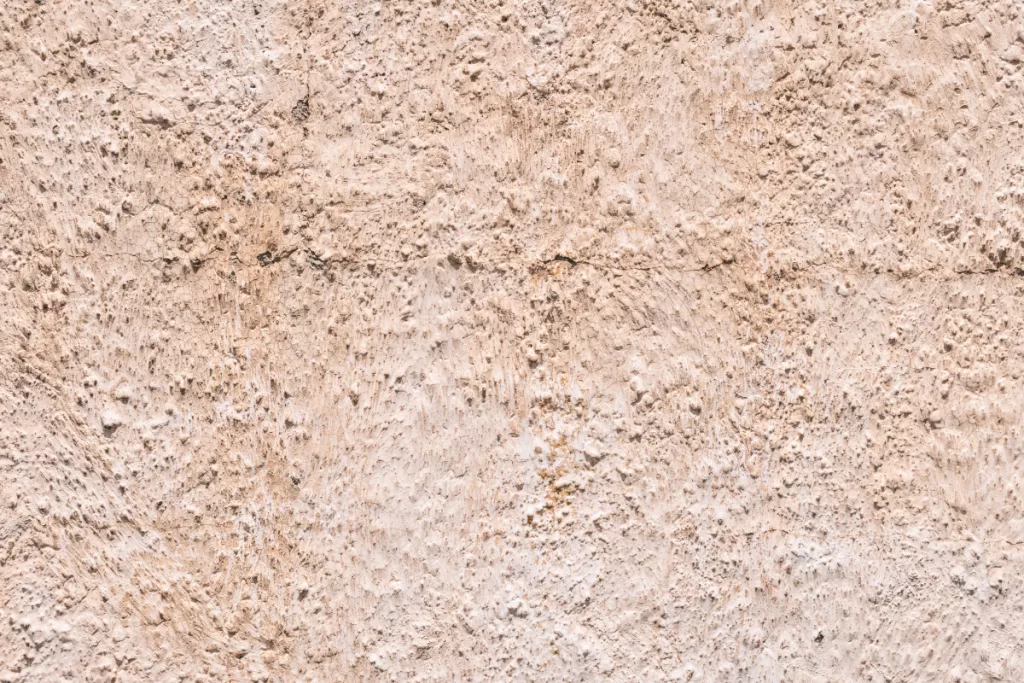
3. Unique Visual Appeal
Textured walls have the unique ability to bring a space to life. There are numerous ways to create texture and many patterns, and each impacts how you feel in your home. Imparting a distinctive feel and look. You can reshape the room’s narrative based on the texture you choose while texturing interior walls from bold to elegant, rustic, or modern.
4. Sound Reduction
Some types of wall textures, particularly popcorn textures, can help reduce noise levels within a space when considering texturing interior walls. These textures work as a sound dampener, absorbing echoes and sound waves, making rooms feel much more peaceful and quiet.
5. Durable And Long-Lasting
Textured coatings are generally more resistant to wear and tear than flat paint. This durability is especially useful in high-traffic areas such as living rooms or children’s rooms. Therefore, considering texturing interior walls can be a sustainable choice.
The Cons Of Textured Interior Walls
While their sophistication and charm are undeniable, textured walls come with their own set of challenges. Here are some disadvantages of incorporating textured walls into your living spaces to provide a comprehensive view.
1. Difficulty In Cleaning
The grooves and crevices that grant textured walls their alluring depth also turn them into dust traps. Unlike smooth walls, they can’t be easily dusted or wiped down, making cleaning a more labor-intensive task.
2. Hard To Repair
Repairing textured walls can be tricky. Filling holes or cracks often involves recreating a similar texture around the repair, which can be challenging to match precisely, especially for DIY enthusiasts.
3. Modifying Or Repainting Can Be Tough
Want to switch up your room’s look with a fresh coat of paint? Paint tends not to slide smoothly over textured surfaces, making the task more demanding. Stripping the texture to modify it is also a time-intensive project that usually requires professional intervention.
4. Can Appear Outdated
Some texture forms can date your house, leaving it stuck in a different era’s design aesthetic. Trends like the popcorn texture, popular in the mid-20th century, are now often associated with outdated interior design.
5. Installation Complexity
Creating a textured finish takes more time and effort than simply applying flat paint. It demands a certain level of mastery and can, therefore, often lead to higher installation costs, particularly if you opt for professional help to get a perfect finish.
The Pros Of Smooth Walls
If you’re considering a stylish, minimalistic approach or prefer a more traditional look, smooth walls may be the perfect option for your home. Here are some pros to appreciate about smooth walls before deciding.
1. Timeless And Versatile
Smooth walls offer a sleek, classic look that is versatile and never goes out of style. This clean appearance allows for seamless adaptation to different interior styles over time, such as modern, traditional, or transitional.
2. Easy To Clean
Cleaning smooth walls is hassle-free compared to their textured counterparts. Wiping down the surface or dusting is much simpler, thanks to the absence of nooks and indentations for dirt to accumulate.
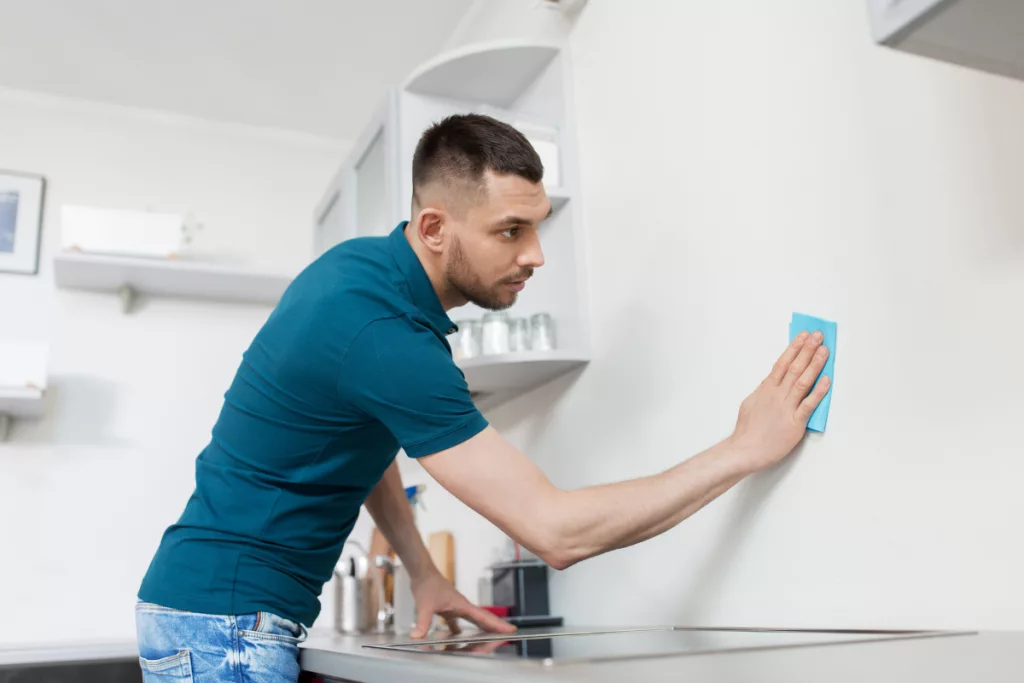
3. Simple To Paint And Repaint
Painting smooth walls is relatively straightforward without the complications of texture patterns. Changing the color scheme or touching up damaged areas is more manageable on flat surfaces, allowing homeowners to modify their space easily.
4. Highlights Wall Art And Décor
The unpretentious backdrop provided by smooth walls places emphasis on the art and décor displayed on them. The lack of visual distractions allows for better appreciation and coordination of these decorative elements within the room’s overall design.
5. Effortless Repairs
Repairing minor damages in smooth walls is less challenging than textured ones. Matching the wall finish is more accessible as there’s no need to replicate intricate patterns, ensuring a seamless blend of the repair with the wall’s overall appearance.
Considering The Cons Of Smooth Wall Finishes
Smooth wall finishes are a popular and versatile choice, given their clean, sleek look. However, while their simplicity and elegance are appealing, they also have certain downsides that should be considered.
1. Shows Imperfections
Smooth walls, while crisp and clean, are less forgiving when it comes to hiding imperfections. Small dents, nail holes, or uneven plasterwork become more noticeable on a smooth surface. This fact necessitates frequent touch-ups to maintain a pristine look.
2. More Preparation Work
To achieve a perfectly smooth wall finish, rigorous preparation work is required. It often involves patching, sanding, and priming the surface, followed by multiple coats of paint. This process might be time-consuming and requires sufficient DIY skills or professional intervention.
3. Prone To Damage
Smooth walls can be somewhat vulnerable to damage. Scratches, chipped paint, or crayon marks from a budding young artist can stand out more on these walls. High-traffic areas may require frequent cleaning and repainting.
4. Lacks Textural Interest
While the simplicity of a smooth wall can allow other design aspects to shine, it might also make the space lack textural interest if not complemented by other decor elements. This could result in a somewhat bland aesthetic.
5. Potential for Glossy Appearance
Paint applied to smooth walls can sometimes result in a glossy finish, depending on the type and color of paint used. This glossy effect might highlight the imperfections and can distort the consistent-eye appeal.

Wall Texturing Vs. Smooth Walls — Making The Right Choice For Your Home
Choosing between textured and smooth walls depends entirely on your aesthetic preference, functional needs, maintenance capacity, and the condition of your walls.
Textured walls are great for an artistic, unique atmosphere and for hiding wall imperfections. However, smooth walls may be the way to go if you prefer a sleek, modern, and easy-to-clean interior.
Remember, your home should reflect your taste and lifestyle. Now that you know the pros and cons of both options, you’re well-equipped to make a choice that meets your needs and taste!
Whichever choice you make, both textured and smooth walls offer opportunities to transform your interior into a place you can be proud of. Consider your options wisely and enjoy the process of creating your unique space.

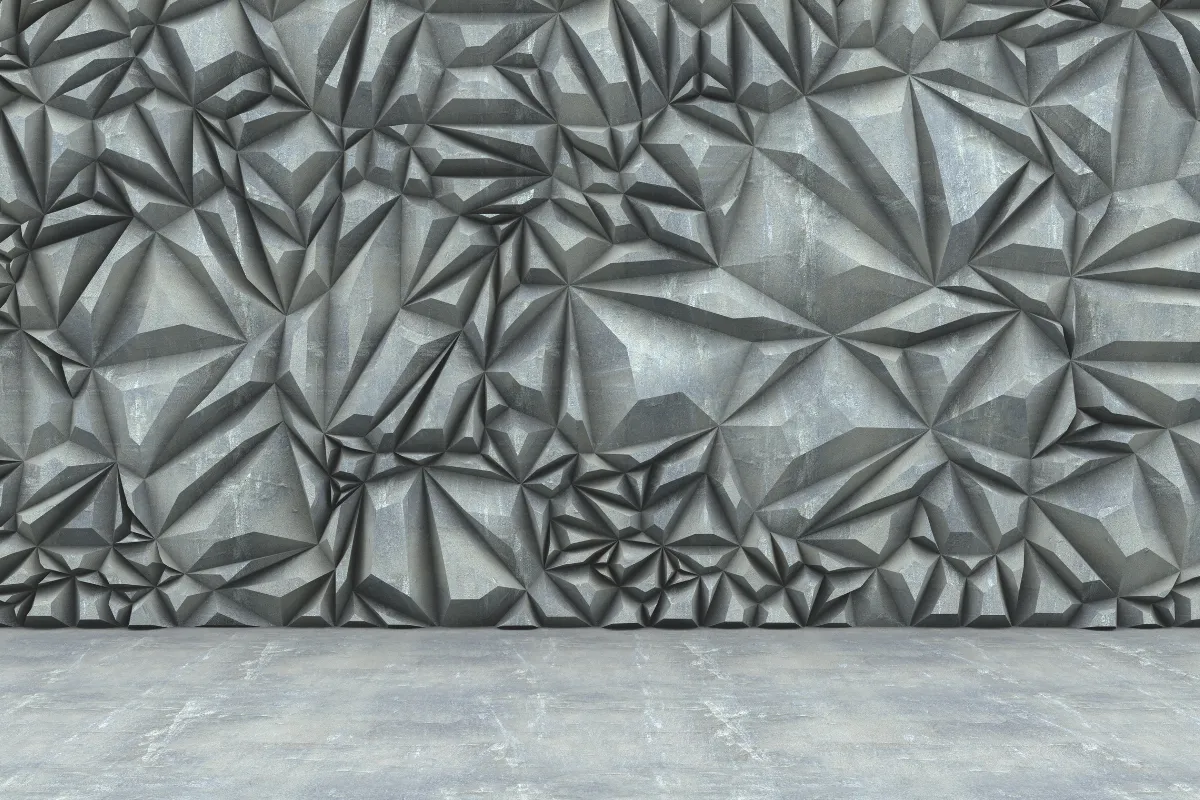
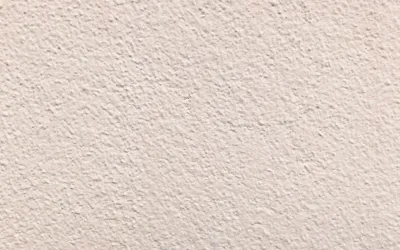
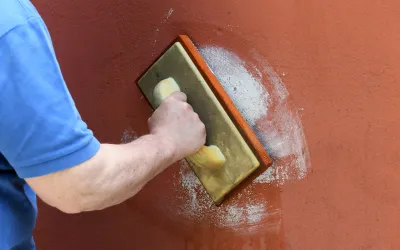
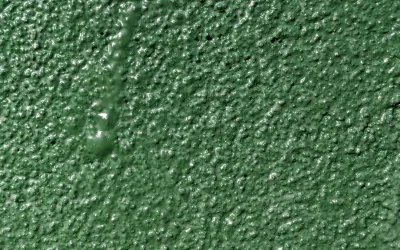
0 Comments